In the morning, we first went to the Ecology Park in the city.
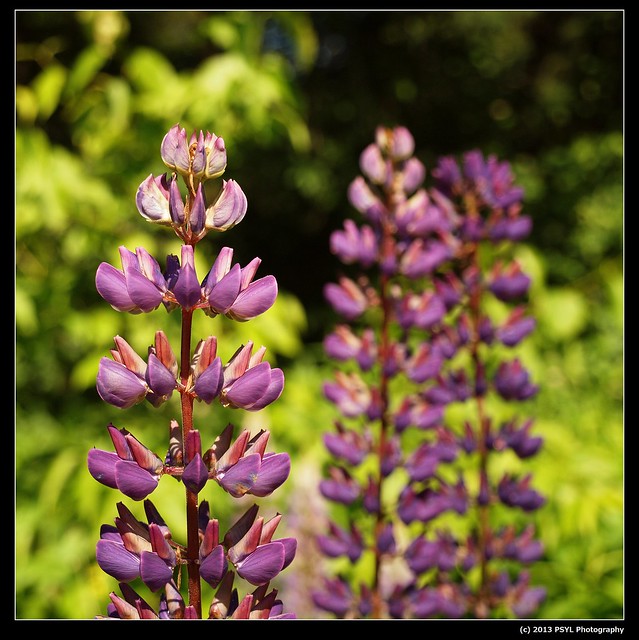
Lupine flowers in the park.
At Coon Lake Bog, we showed the students the flora typically associated with bog habitat type, especially ones that are carnivorous and can survive in nutrient-poor substrates.
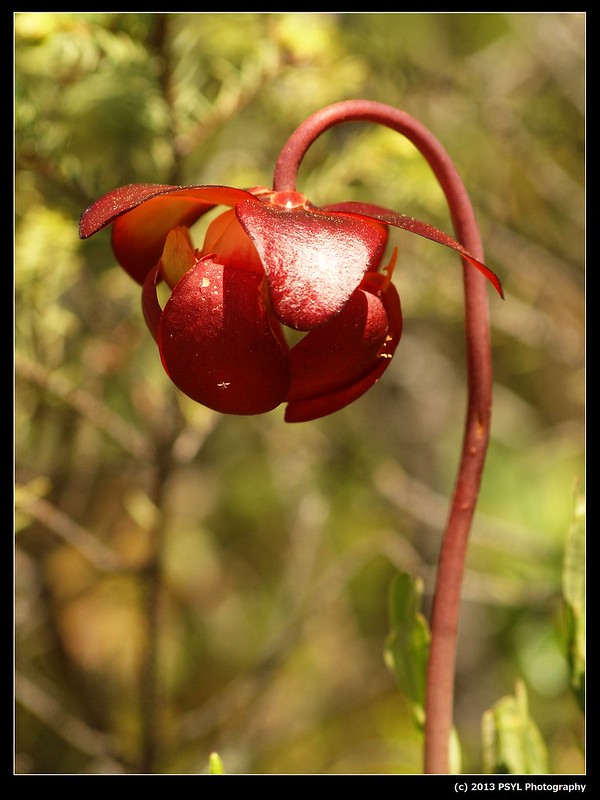
Pitcher-plant (Sarracenia purpurea) flower, which is the floral emblem of Newfoundland.
This is a leaf pitcher. As you can see, there are hairs in the water-filled pitcher that prevent insects from crawling back up once they fall into the water, and then are then digested by the plant.

Round-leaved sundew (Drosera rotundifolia) in the Sundew (Droseraceae) family employs a different strategy in catching insects. The fluid on the leaf hair are sticky and acidic, and once an insect lands on the leaf, the leaf slowly bends towards the centre and digests the insect. Sir David Attenborough and BBC explain it much better in this video.
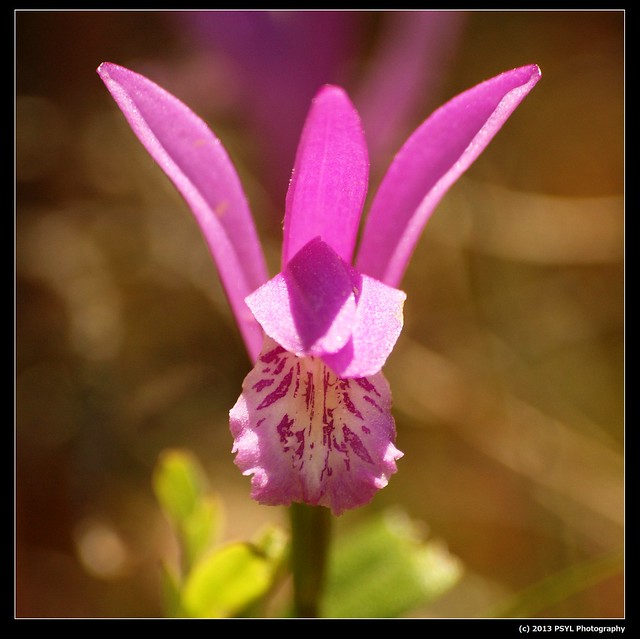
Finding Dragon's mouth (Arethusa bulbosa) once again.
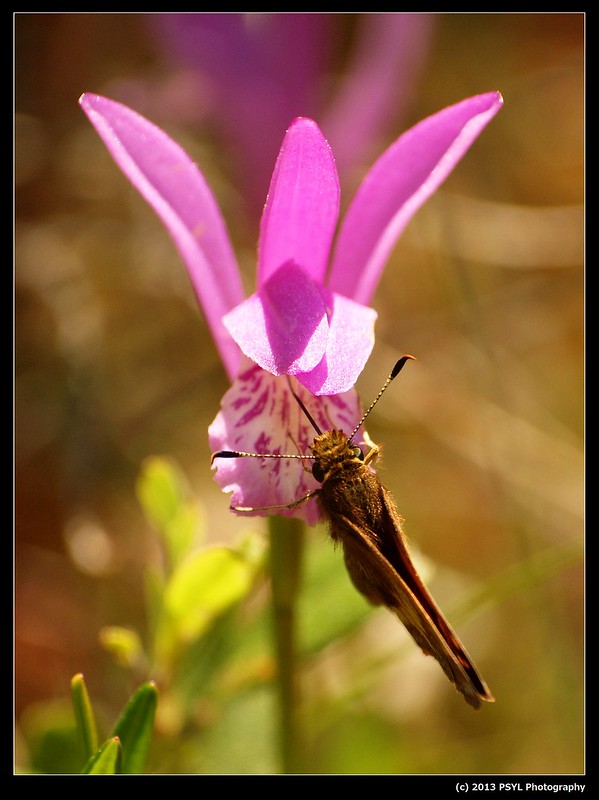
And while I was photographing this particular flower, a skipper butterfly came and visited the flower. In order for the orchid to be pollinated, the insect must crawl into the "dragon's mouth". Using its long proboscis, the skipper is cheating the system and withdrawing the nectar only.

Hopefully this skipper left enough nectar for the true pollinators.

There were also insects flying around us, aside from the mosquitoes, such as this Pearl Crescent Butterfly (Phyciodes tharos).
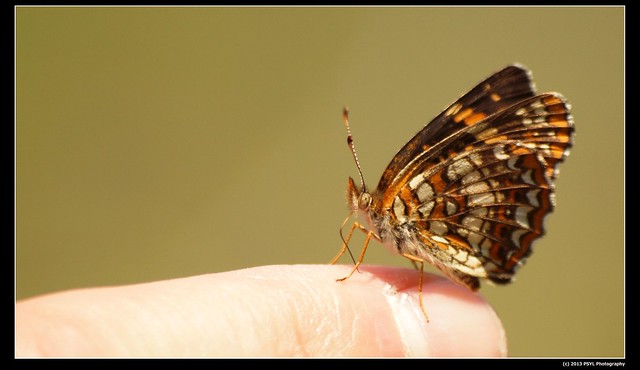
Landing on a student's finger.

Calico Pennant (Celithemis elisa). I think this is a male because the marking is not really yellow, but I am not too certain.
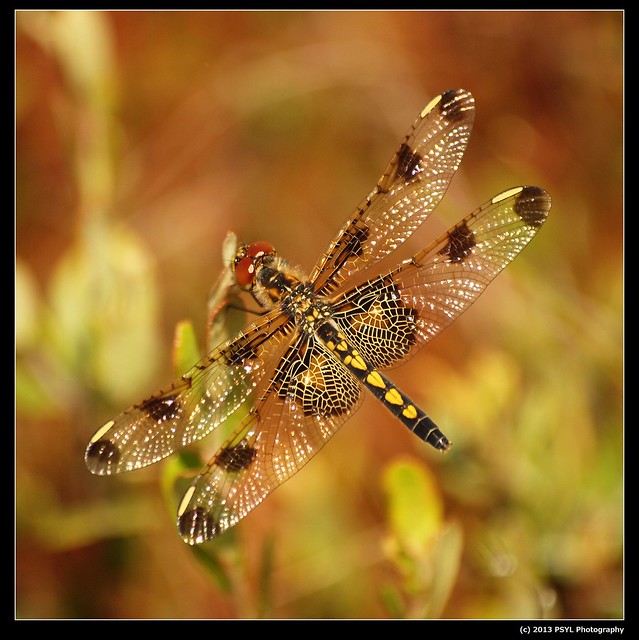
This is definitely a Calico Pennant (Celithemis elisa) female.
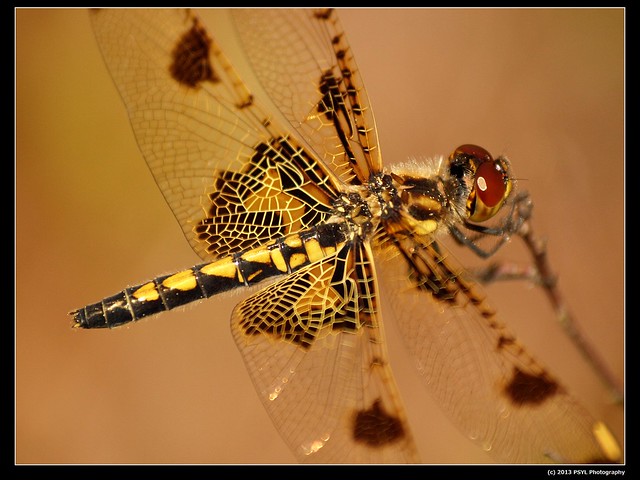
Close-up on the spectacular patterns.

Round-leaved sundew (Drosera rotundifolia) in the Sundew (Droseraceae) family employs a different strategy in catching insects. The fluid on the leaf hair are sticky and acidic, and once an insect lands on the leaf, the leaf slowly bends towards the centre and digests the insect. Sir David Attenborough and BBC explain it much better in this video.

Finding Dragon's mouth (Arethusa bulbosa) once again.

And while I was photographing this particular flower, a skipper butterfly came and visited the flower. In order for the orchid to be pollinated, the insect must crawl into the "dragon's mouth". Using its long proboscis, the skipper is cheating the system and withdrawing the nectar only.

Hopefully this skipper left enough nectar for the true pollinators.

There were also insects flying around us, aside from the mosquitoes, such as this Pearl Crescent Butterfly (Phyciodes tharos).

Landing on a student's finger.

Calico Pennant (Celithemis elisa). I think this is a male because the marking is not really yellow, but I am not too certain.

This is definitely a Calico Pennant (Celithemis elisa) female.

Close-up on the spectacular patterns.
Close-up on its face.
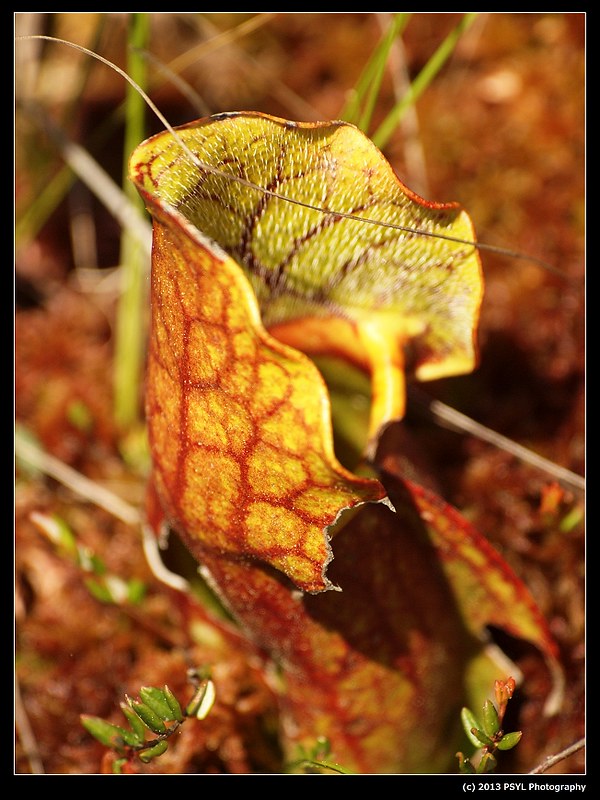
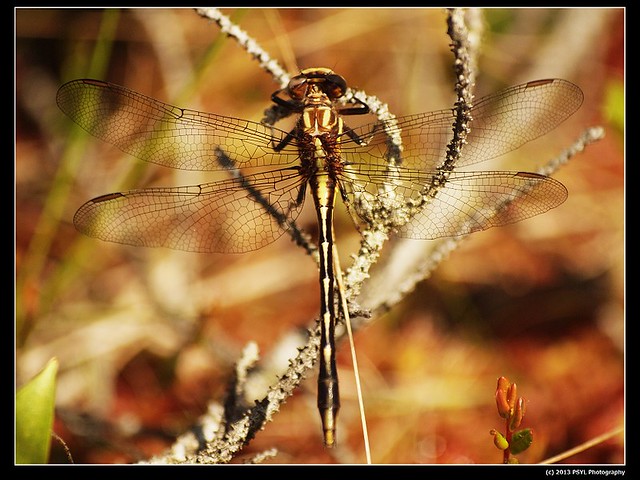
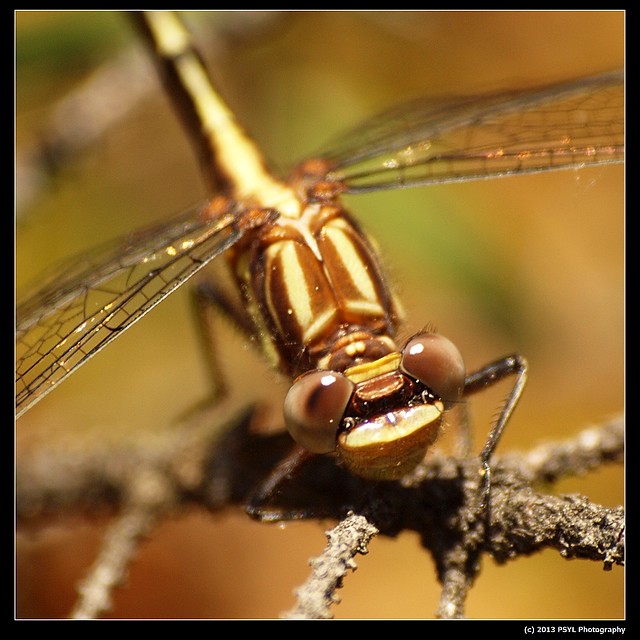
No comments:
Post a Comment